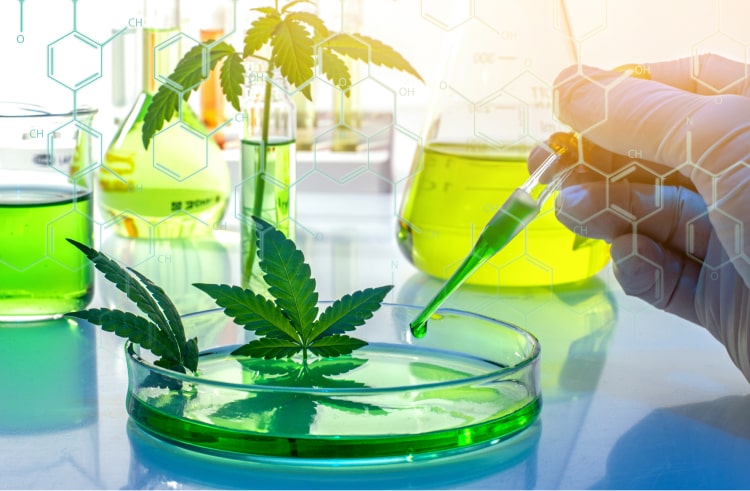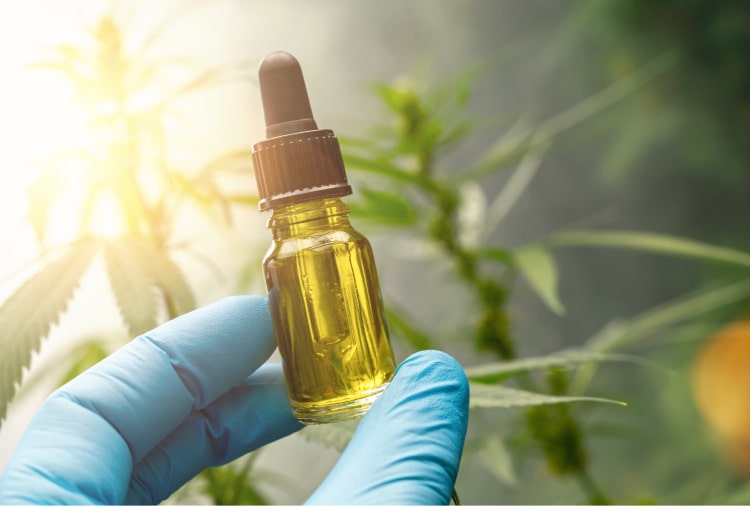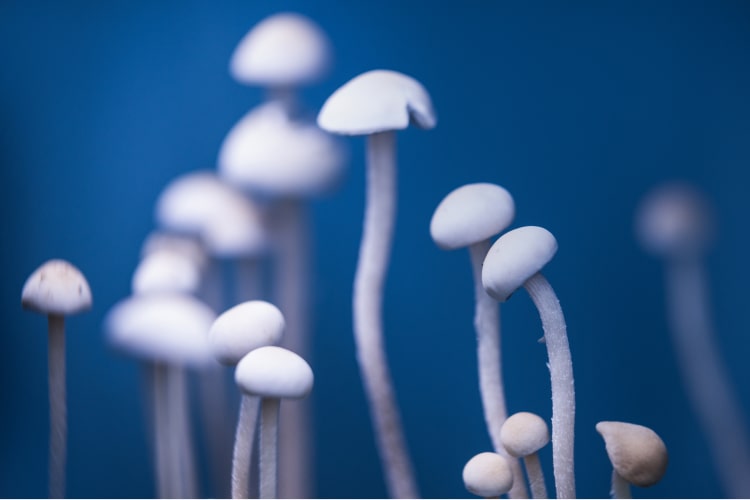The Remarkable Biodiversity of Cannabis: Beyond THC and CBD

Cannabis sativa L., a plant that has been cultivated and utilized by humans for thousands of years, is renowned not only for its psychoactive properties but also for its rich, bioactive phytochemical profile. While the recreational and medicinal effects of cannabinoids like THC (tetrahydrocannabinol) and CBD (cannabidiol) are well-known, the plant boasts an array of other compounds, each with unique properties and potential applications.
The Flavonoid Spectrum
Flavonoids are a diverse group of polyphenolic compounds found in many plants, contributing to their color, flavor, and health benefits. Cannabis is no exception, with at least twenty-six flavonoids identified1. Some of these, like vitexin, isovitexin, apigenin, luteolin, kaempferol, orientin, and quercetin, are common in many plants. However, cannabis also produces unique flavonoids, such as cannflavin A, B, and C1. Intriguingly, these cannflavins have demonstrated significant anti-inflammatory, anti-cancer, and anti-leishmanial activities in vivo, with some even outperforming aspirin in pain relief1.
Terpenes: The Aromatic Signatures
Terpenes are responsible for the characteristic aroma of cannabis. Over 100 terpenes have been identified in Cannabis sativa, with monoterpenes, sesquiterpenes, and triterpenes being the primary types1. These compounds are not just about aroma; they have demonstrated a range of biological activities, from anti-inflammatory and analgesic to anxiolytic, anti-bacterial, and anti-fungal2. The concept of the “entourage effect” suggests that terpenes, in synergy with cannabinoids and other plant compounds, can modify and enhance the therapeutic effects of cannabis3.
Stilbenoids and Lignans
Cannabis also produces stilbenoids, which can be categorized into phenanthrenes, dihydrostilbenes, and spiroindans4. These compounds, found in the stem, leaves, and flower heads, have been associated with disease resistance and potential health benefits4. Lignans, on the other hand, are primarily located in the roots, seeds, and fruits of the plant4. Both stilbenoids and lignans have shown promising antioxidant, anti-inflammatory, and cytotoxic activities4.
Beyond the Classical Cannabinoids
While THC and CBD are the most recognized cannabinoids, the cannabis plant synthesizes over 480 molecules, many of which are cannabinoids with potential therapeutic properties4. For instance, cannabigerol (CBG) and cannabinol (CBN) have shown promise in various therapeutic applications, from neuroprotective effects to potential treatments for glaucoma4.


Applications and Future Directions
The diverse phytochemical profile of cannabis offers a plethora of potential applications. From pharmaceuticals targeting specific ailments to cosmetics leveraging the antioxidant properties of flavonoids, the possibilities are vast. Moreover, as the legal landscape around cannabis evolves, research into these compounds is likely to expand, unlocking new applications and therapeutic avenues.
In conclusion, Cannabis sativa L. is a treasure trove of bioactive compounds. While the spotlight has often been on THC and CBD, the plant’s rich diversity offers a myriad of compounds with potential therapeutic and industrial applications. As research progresses, it’s clear that the story of cannabis is far more intricate and promising than once believed.
References:
- Rossi, S. et al. (2021). *Extraction of Phenolic Compounds and Terpenes from Cannabis sativa L. By-Products: From Conventional to Intensified Processes.* Antioxidants, 10(6), 942. MDPI.
- Booth, J. K., Page, J. E., & Bohlmann, J. (2017). *Terpene synthases from Cannabis sativa.* PLoS ONE, 12(3), e0173911.
- Gertsch, J., Leonti, M., Raduner, S., Racz, I., Chen, J. Z., Xie, X. Q., … & Karsak, M. (2008). *Beta-caryophyllene is a dietary cannabinoid.* Proceedings of the National Academy of Sciences, 105(26), 9099-9104
- Andre, C. M., Hausman, J. F., & Guerriero, G. (2021). *Cannabinoids, Phenolics, Terpenes and Alkaloids of Cannabis.* Molecules, 26(9), 2774. MDPI.

